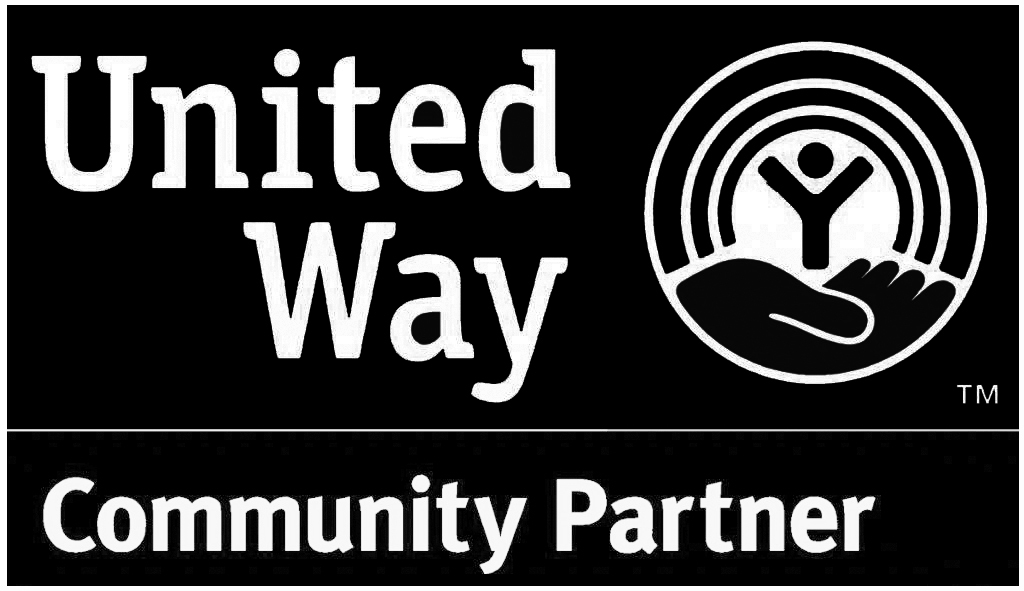Each week, OMRF Vice President of Research Dr. Rod McEver opens “Adam’s Journal” to answer a medical question from Adam Cohen, OMRF’s senior vice president & general counsel and interim president.
Adam’s Journal
My girlfriend began experiencing pain in her elbow. Her physician diagnosed it as tendonitis, likely attributable to all the time she spends using a computer mouse as part of her job.
Mary bought a brace that’s basically a strip of fabric that wraps around her elbow and holds tight with a strip of Velcro. She says it helps reduce the pain. Is this another example of the placebo effect, or is the brace for real?
Dr. McEver Prescribes
Elbow tendonitis, also called tendinopathy or tennis elbow, is soreness or pain on the outer part of the elbow. It happens when repetitive motion inflames the tendons connecting the forearm muscles to the elbow. The damage makes it painful to rotate the forearm and flex the wrist and fingers backward.
A brace like Mary’s can, indeed, help. It works by supporting the joint and applying counterforces to the region in pain. It essentially redistributes tension, which relieves stress in the affected area.
In a 2020 review study published in the journal Prosthetics and Orthotics International, researchers investigated the effects of such counterforce braces on people with tennis elbow. The scientists examined more than a dozen studies with over 1,000 participants.
They found braces were a reasonable strategy to lessen tennis elbow pain over the short term, especially in those ages 45 years and younger. However, while the braces may also initially help ease pain in older adults, the researchers found physical therapy to be more effective in the long term for healing tennis elbow.
Tennis elbow can improve on its own with rest, braces, icing and anti-inflammatory medications such as ibuprofen or naproxen. But if Mary’s pain persists after a regimen of at-home care, she should consult her health care professional, who may recommend specific exercises or working with a physical therapist.
–
Do you have a health query for Dr. McEver? Email contact@omrf.org and your question may be answered in a future column!



